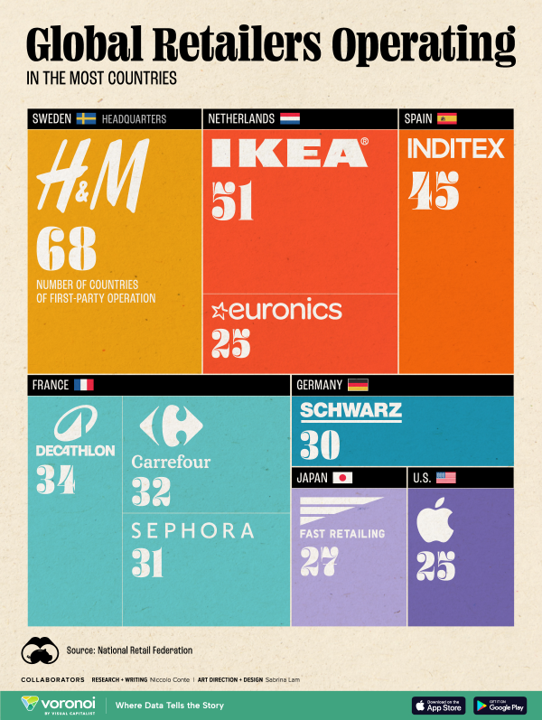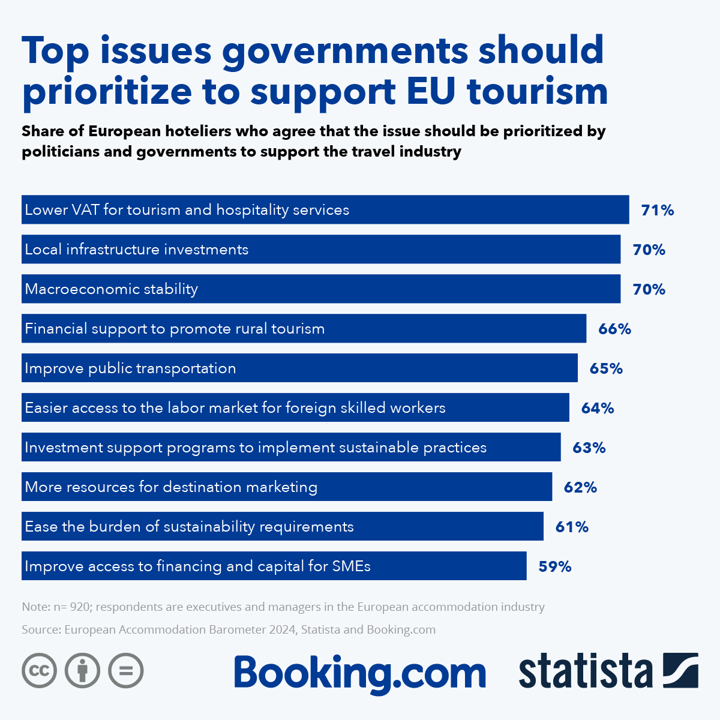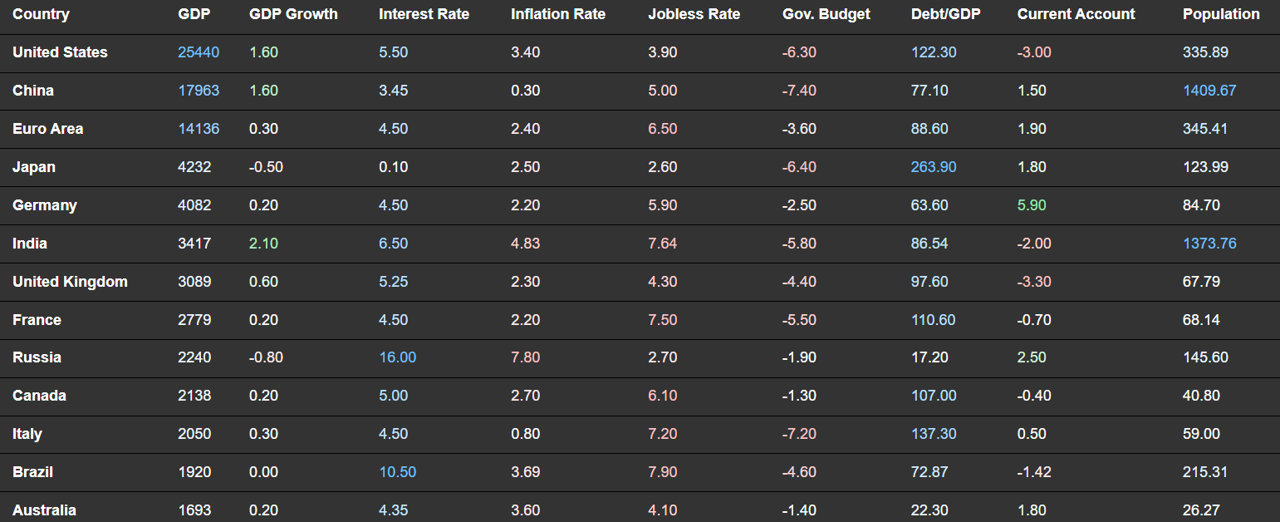Home > Wednesday Wisdoms: Newsletter > ⏰ Make Sure Your Exam Technique is Always On Point! 📈✍️
Jump to Section:
Make Sure Your Exam Technique is Always On Point! 📈✍️
Vet prescription fees could be capped by watchdog
Summary
A Level Economics Questions:
Possible A Level Economics 25 Marker Question
Infographic of the Week

Global Retail Expansion: Leading Retailers and Their Worldwide Presence in 2023
In 2023, the world's top retailers continue to focus on international expansion as a crucial growth strategy, aiming to capitalise on untapped markets to boost their revenue and profit. Physical stores remain a significant contributor, accounting for 81% of global retail sales. The top international retailers, as listed by the National Retail Federation, include H&M, which leads with stores in 68 countries, followed by IKEA and Inditex. Notably, most of these globally dominant retailers are based in Europe. Fast-fashion leader H&M plans further expansion alongside strategic store closures, while IKEA progresses its footprint in emerging markets like India. Japan's Fast Retailing and the U.S.-based Apple also show significant international operations, emphasing the ongoing global influence of these retail giants.
Chart of the Week

Key Priorities for Enhancing EU Tourism: Insights from the 2024 European Accommodation Barometer
Smallholder farmers worldwide are facing a phenomenon known as "land squeeze," which is deepening rural poverty and land inequality. This issue is driven by the consolidation of large farms, leading to fragmented and smaller plots for smallholders. In Asia, land inequality has risen by 11% since 1980, and globally, 1% of the largest farms control 70% of farmland. According to the International Panel of Experts on Sustainable Food Systems' report, "Land Squeeze," factors such as land grabbing, green grabbing for carbon offset projects, industrial encroachment, and urbanisation contribute to this issue. These pressures diminish the access and control over land for farmers, Indigenous Peoples, and marginalised groups, threatening their livelihoods and food security. The report highlights that these processes are rooted in a history of dispossession and discrimination against smallholders and traditional communities.
Macroeconomic Data

Whenever you're ready there is one way I can help you.
Emre Aksahin
Chief Learning Officer at Edgenie


